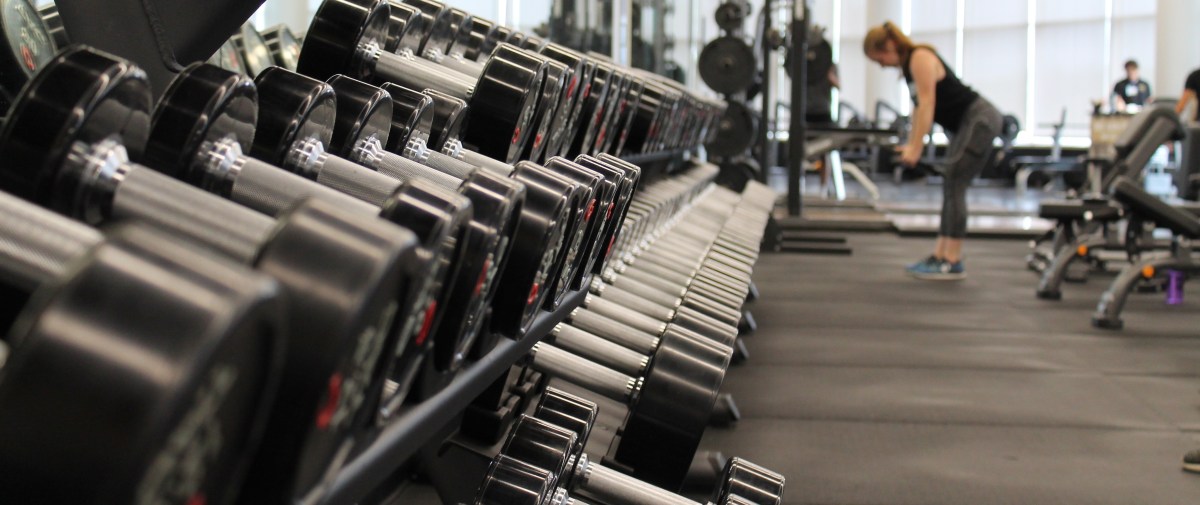In Part 1 of this series I wrote about breast loss (which I ended up not having to deal with) and how strongly I equated breasts with being female. In Part 2, it was about my fear of having no control over my body and being susceptible to weight gain as a cancer survivor.
In Part 3, I’m writing that my body reacted in a way completely opposite of what I feared, and I managed to regain some semblance of control.
As mentioned, many women with breast cancer, particularly those whose tumors are hormone receptor positive like mine, put on weight. On top of the “my-out-of-control-body-is-killing-me” feelings brought about by cancer, the threat of runaway weight gain added to my frustration.
Yes, this was another example of how, throughout my fact-finding research, I took to heart what I read and immediately assumed that if it happened to others, it was also going to happen to me. Except that it didn’t. Just as how statistically I shouldn’t have gotten breast cancer, I also shouldn’t have ended up almost 10 pounds below where I started pre-diagnosis.
My body is quite reactive. If you’ve read my posts about how I respond to anxiety, you know that I shed weight quickly. I am not an emotional eater; I am an emotional non-eater, and more often than not don’t have to fight cravings. I have to fight a lack of appetite
As weird as this may sound, the resulting weight loss was one of the strongest indicators that I wasn’t completely out of control, that my body hadn’t completely turned against me. And more than that, it was another reminder that my situation was not typical. So by maintaining a very doable 6 day/week workout schedule, I broke through the mentality that what others experienced was necessarily what I would.

In addition, and arguably more important is the fact that cancer recurrence and episodes of lymphedema have been associated with higher weight levels (see this Susan Koman web article addressing this issue, including journal references). According to a bioelectrical impedance analysis (BIA) body fat monitor, I’m sitting at about 20% body fat. The actual number doesn’t really matter, since these monitors are notorious for being inaccurate. What matters is that those numbers are stable and that I’m able to build muscle.
What also matters is that with my level of activity both pre- and post-diagnosis, recovery has been quite good. I feel strong. I feel lean and fit. My sense of self-efficacy is high. And I’m finally able to exhale after holding my breath about all the things that were happening to my body.
Piece by piece, I’m reclaiming my physical self again. At that same time, I’ve still got a lot to sort out in my head. I know that keeping my body fat in check doesn’t mean that I’m protected from cancer, despite what numerous news reports suggest. It makes me uncomfortable being bombarded with that message, though. According to the December 20, 2018 National Health Statistics Report (Fryer et al. (2018)), the average woman in the U.S. is obese. In the interest of public health, the “lose weight” message is trumpeted constantly. Every time I’m exposed to that, my perfectionism kicks in and I have to fight the urge to clamp down on my fitness and nutrition.
Being an outlier doesn’t gain me much sympathy, and it does comes with its own challenges. In the process of sorting out everything that’s happened to me, I’m working to keep an even keel going forward and not go to extremes. As with everything, moderation.

One thought on “Invisible Effects: Body Image, Part 3”